Let’s be honest – we’ve all been there. One day your tomato plants are the picture of health, and the next they’re doing a convincing impression of plant zombies with mysterious spots, curling leaves, and a generally distressing appearance that sends you panic-googling “tomato apocalypse causes???” at midnight.
But what if I told you your nose could have warned you weeks before your eyes caught on? That distinctive “tomato smell” isn’t just there to make your garden smell amazing – it’s actually a sophisticated plant communication system that you can learn to decode!
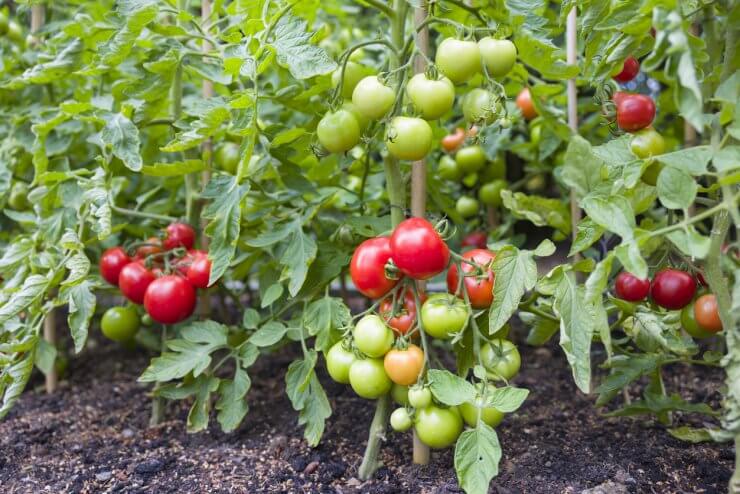
The Secret Language of Tomato Aromatics
That iconic “tomato plant smell” comes from specialized compounds called terpenes, released from tiny structures called trichomes – those fuzzy little hairs covering tomato stems and leaves. When you brush against your plants and get that distinctive aroma on your fingers, you’re actually intercepting tomato plant messages!
And here’s the mind-blowing part – healthy tomatoes smell different from stressed or sick tomatoes, often WEEKS before visual symptoms appear.
Science nerd moment: Tomato plants have over 20 different terpene compounds they can release, and the mixture changes dramatically when the plant is under attack. It’s like a chemical SOS signal that you can learn to interpret!
Become a Tomato Scent Detective
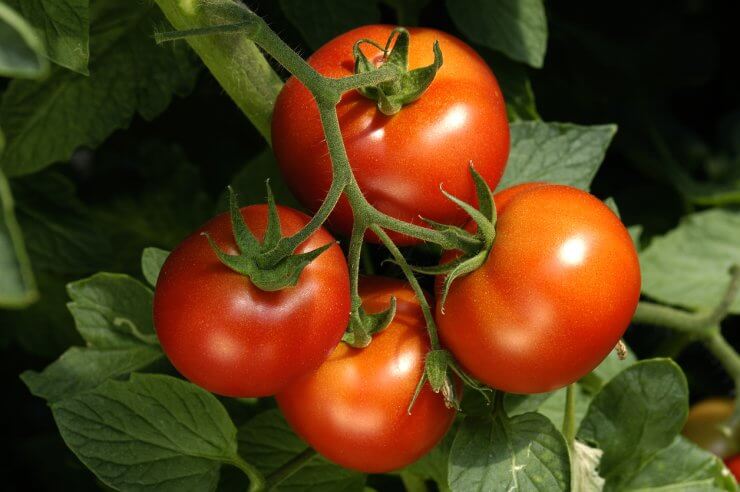
Ready to develop your tomato-whispering skills? Here’s your guide to common tomato aromas and what they’re secretly telling you:
The Baseline Healthy Tomato Scent
First, you need to know what healthy tomatoes smell like. Go out on a warm morning when the dew has dried but before the day gets too hot. Gently brush your fingers against the leaves (don’t crush them) and smell.
Healthy tomato plants have a:
- Clean, green, slightly spicy aroma
- Pleasant pungency without being acrid
- Crisp scent that doesn’t linger too long on your fingers
This is your baseline – the “all systems normal” tomato scent.
The Early Disease Warning Scents
The “Too Sweet” Signal
If your tomatoes suddenly smell sweeter, almost fruity when you touch the leaves, pay attention! This is often the FIRST sign of early blight, appearing a full 7-10 days before any visible leaf spots.
The sweetness comes from stressed plants pumping out different volatiles as their metabolism shifts into defense mode. Your tomatoes are literally screaming “Help me!” in their own chemical language.
- Action plan: At the first whiff of unusual sweetness, start a preventative fungicide program and improve air circulation immediately. Remove lower leaves that touch the soil and add mulch to prevent soil splash onto leaves.
The “Fermented” Warning
A slightly fermented, yeasty smell – like bread dough rising – often precedes bacterial leaf spot by up to two weeks. This sour overtone happens because the bacteria are already multiplying on the leaf surface but haven’t yet caused enough damage to show visible symptoms.
Science fact: These bacteria actually change the pH of the leaf surface, which is what creates that distinctive smell shift.
- Action plan: Remove and destroy affected leaves (not in your compost!), improve drainage, and switch to drip irrigation if possible. Overhead watering spreads this bacteria like wildfire!
The “Harsh Chemical” Alert
If your tomato leaves develop a sharp, almost chemical smell – somewhat like cleaning products or plastic – you may be catching early signs of spider mite infestation before webs appear.
Spider mites pierce plant cells to feed, causing the release of unusual volatile compounds that create this distinctive harsh scent.
- Action plan: Immediately blast plants with a strong stream of water, focusing on leaf undersides. Repeat every 3 days for 2 weeks. Introduce predatory mites if available.
The “Musty Basement” Indicator
A musty, damp-cardboard smell is your early warning system for fungal diseases like late blight. This scent can appear 5-12 days before visual symptoms, giving you a critical head start.
- Action plan: Improve air circulation immediately, apply approved fungicide, and be ruthless about removing any suspicious leaves.
How to Train Your Nose
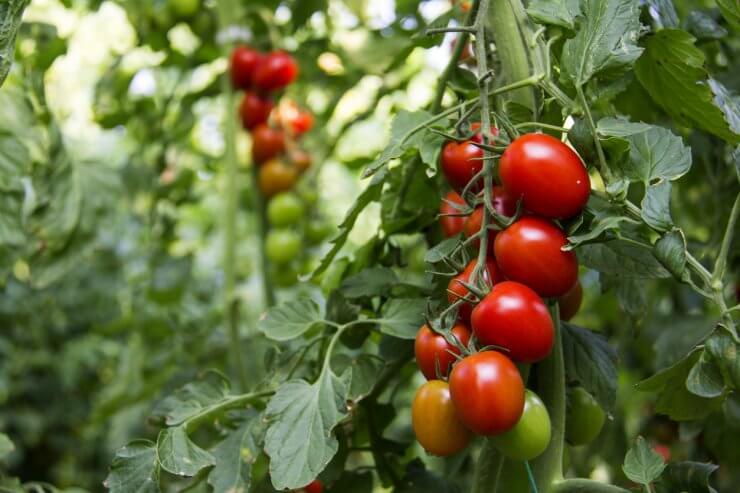
Like wine tasting, tomato scent detection is a skill you can develop with practice:
- Create a scent memory bank: Every morning, smell your healthy plants and mentally note the aroma.
- Use comparison sniffing: Smell multiple plants in succession to notice subtle differences.
- Try the jar test: Put a few leaves in a jar, cap it, and let it sit in the sun for 30 minutes. Open and smell – this concentrates the aromas and makes differences more obvious.
- Keep a scent journal: Note changes alongside weather conditions and plant development stages.
- The finger-roll technique: Gently roll a leaf between your fingers for 3 seconds (don’t crush it), then smell. This releases more volatile compounds without damaging the plant.
The Tomato Variety Scent Factor
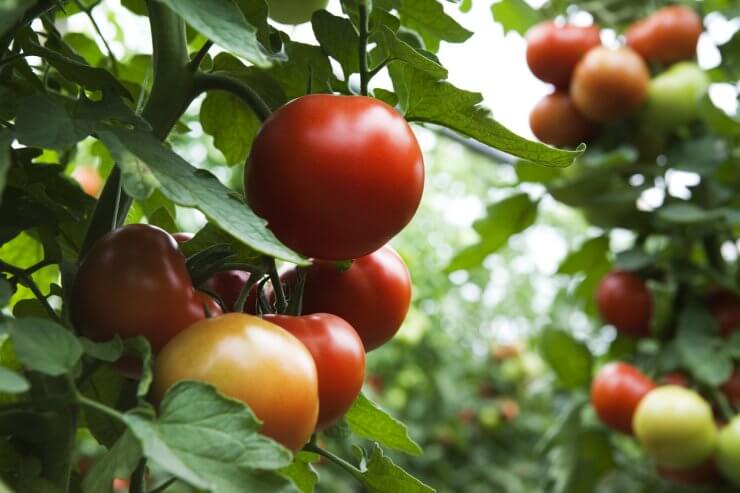
Different tomato varieties have different baseline scents, which makes learning these cues extra interesting:
- Brandywine and most heirlooms: Strong, complex aromas with spicy notes
- Roma and paste types: Milder, greener scents
- Cherry tomatoes: Often have the most intense aromatics
- Yellow varieties: Typically less aromatic than reds
Gardening trivia: The same genes that give tomatoes their distinctive smell also influence their flavor. High-scent varieties like Brandywine and Black Krim usually have the most complex flavors too!
The Science Behind Tomato Leaf Aromas
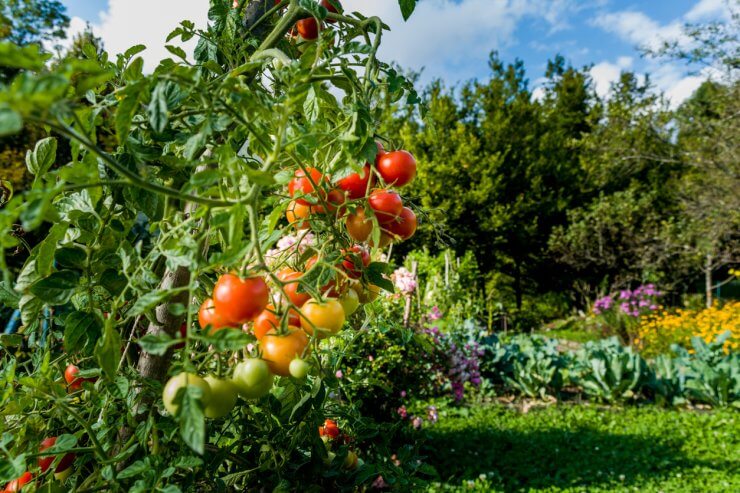
Now I know what you’re thinking: “Is this gardener just making stuff up to sound smart at garden club meetings?” Fair question! But there’s legitimate plant science backing this up, which I’m linking to below.
Tomato plants are little chemical factories, constantly producing compounds called terpenes in those fuzzy trichome hairs covering their stems and leaves. These terpenes aren’t just there to make your fingers smell “tomato-y” when you prune – they’re sophisticated communication tools.
Scientists have discovered that tomato plants produce different volatile organic compounds (VOCs) depending on what’s happening to them. Think of it as a plant’s version of texting – they can’t run away from problems, so they communicate through chemistry instead!
When a tomato plant gets infected with a pathogen, the entire chemical profile changes as the plant redirects its energy to defense. That’s why infected plants smell different from healthy ones – they’re literally broadcasting an SOS message through their leaves.
What’s particularly wild is that research shows these chemical changes happen days or even weeks before visible symptoms develop. Plant pathologists are so interested in this phenomenon that they’re developing electronic “noses” to detect these subtle aroma changes for commercial agriculture applications.
The technology isn’t quite there yet for backyard gardeners, but your human nose is already an amazingly sensitive instrument that can be trained to recognize these patterns. Which, let’s be honest, is way cooler than buying some fancy gadget anyway!
Beyond Disease Detection
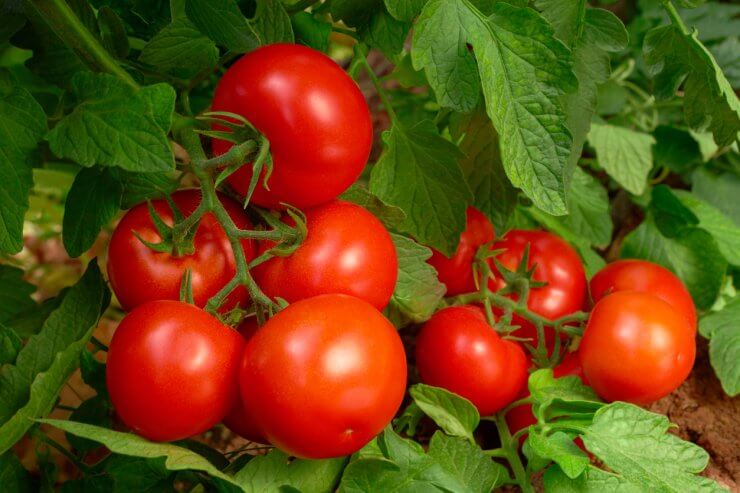
Once you develop this skill, you can use your tomato-whispering powers for even more garden magic:
- Predicting flavor peaks: Tomato plants smell most complex about a week before the fruits reach peak flavor
- Identifying stressed plants: Water-stressed plants emit different aromas before they show wilting
- Selecting breeding parents: If you save seeds, plants with the strongest pleasant aromas often produce the most flavorful offspring
- Detecting mineral deficiencies: Some deficiencies, especially potassium, change aroma profiles before visual symptoms appear
Learning tomato scent detection won’t just save your plants from disease – it will fundamentally change how you interact with your garden. You’ll develop a more intuitive understanding of plant health and become aware of subtle changes long before the average gardener.
Plus, there’s something deeply satisfying about walking through your garden, catching a whiff of something “not quite right,” and being able to say with confidence: “Fourth plant from the left needs attention!” while your gardening friends look at you in amazement.
That’s not just garden maintenance – that’s garden wizardry! If you want to learn more about growing tomatoes, check out our Tomato Gardening Guide!
Happy sniffing, and may your tomatoes always smell exactly as they should! Please share your experience sniffing your tomatoes in the comments!


 Previous
Previous

